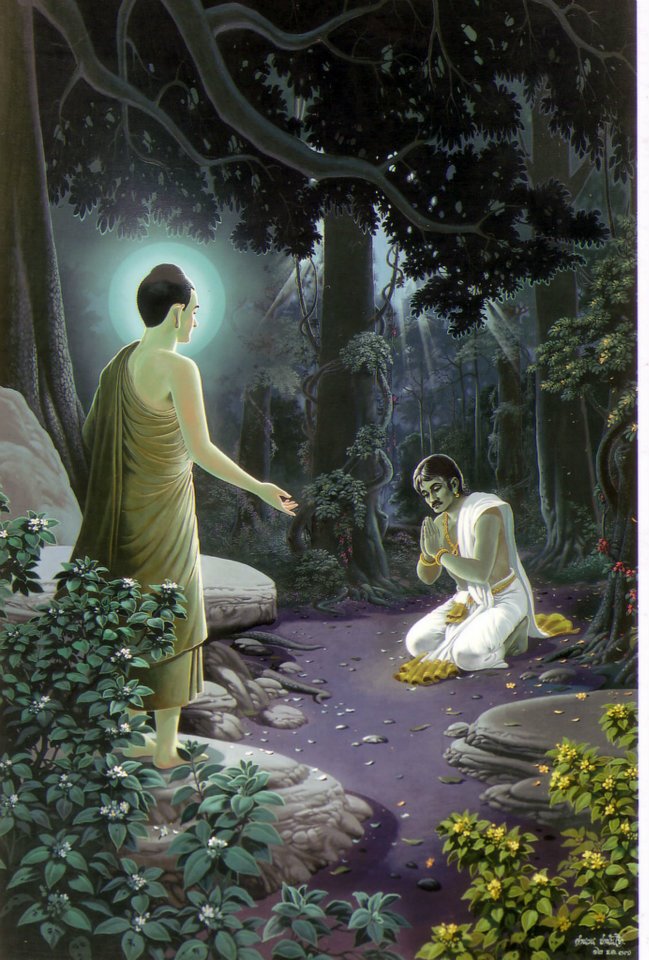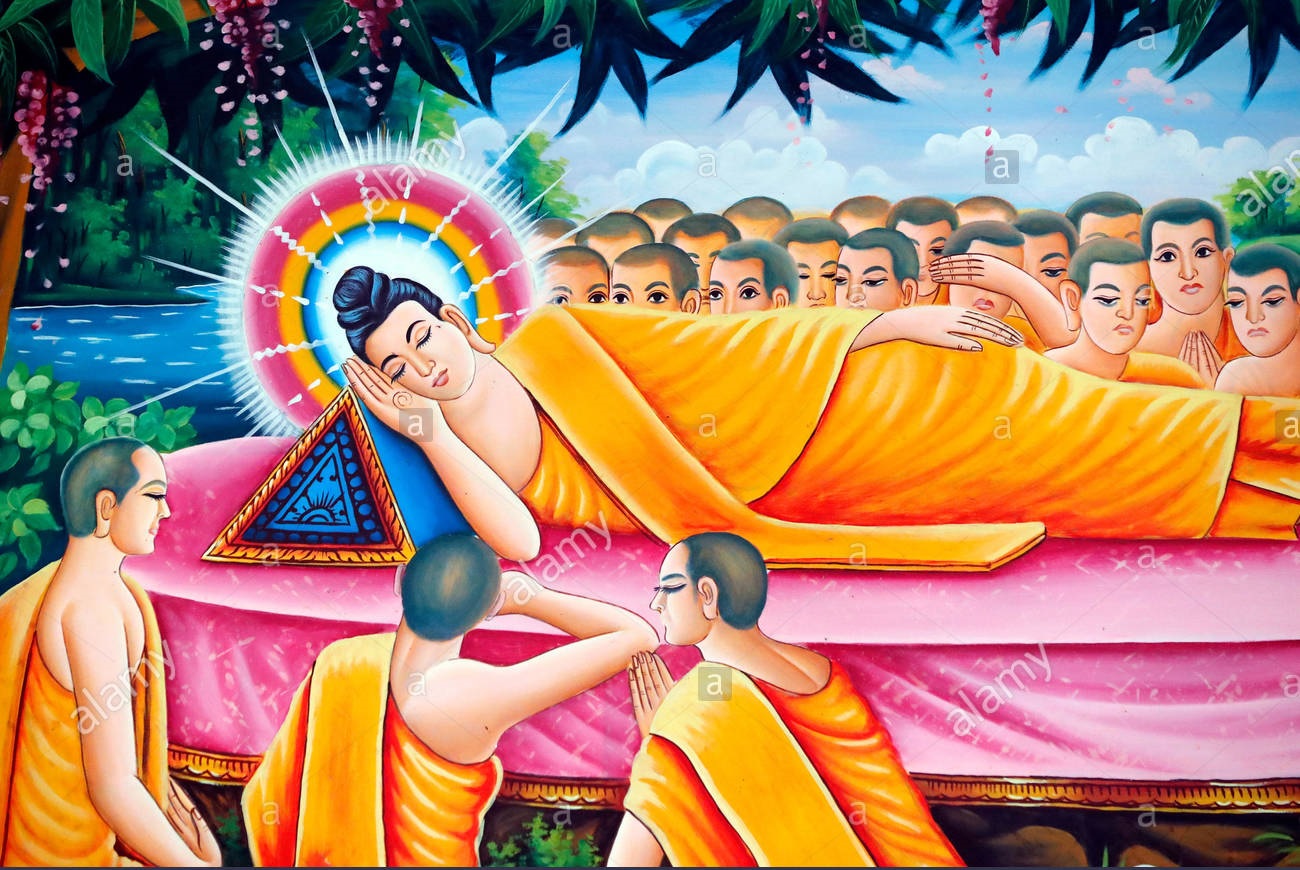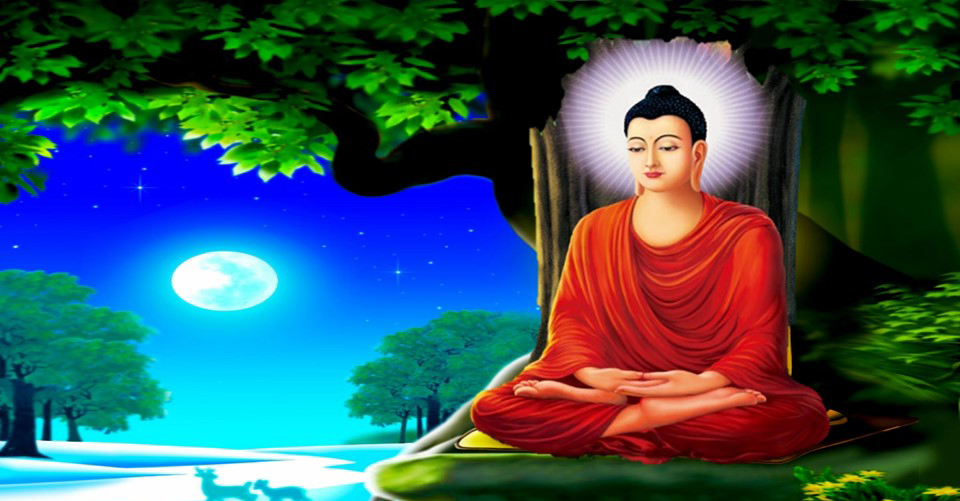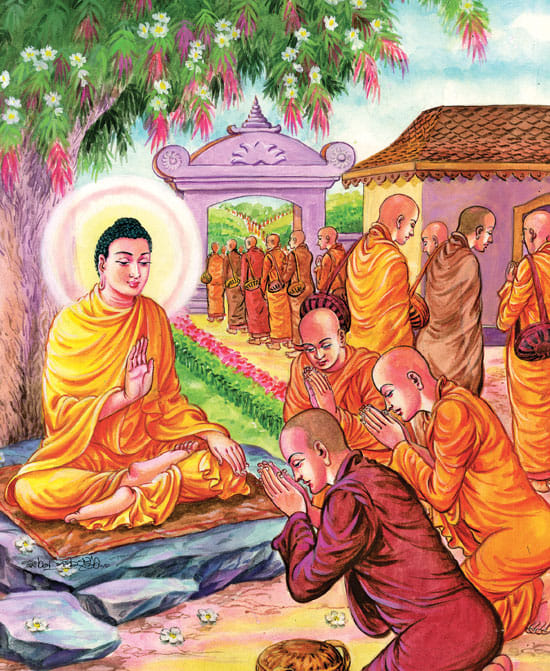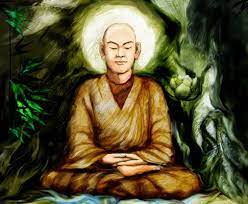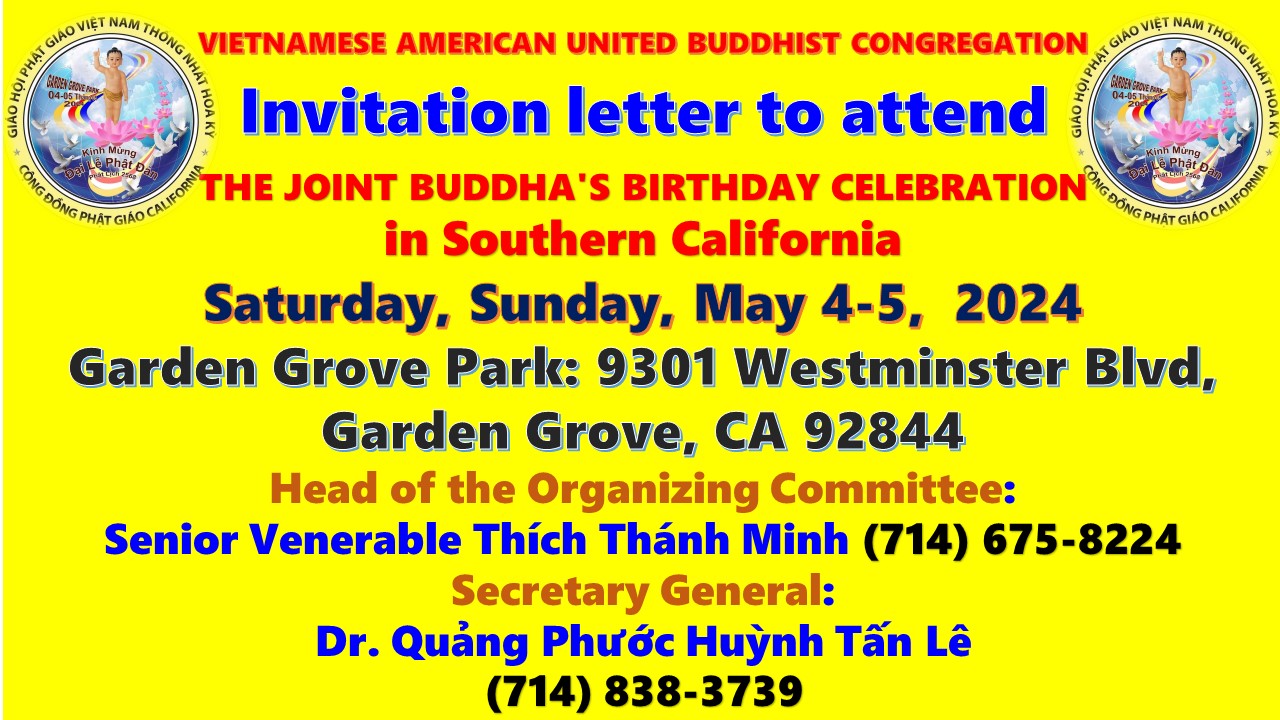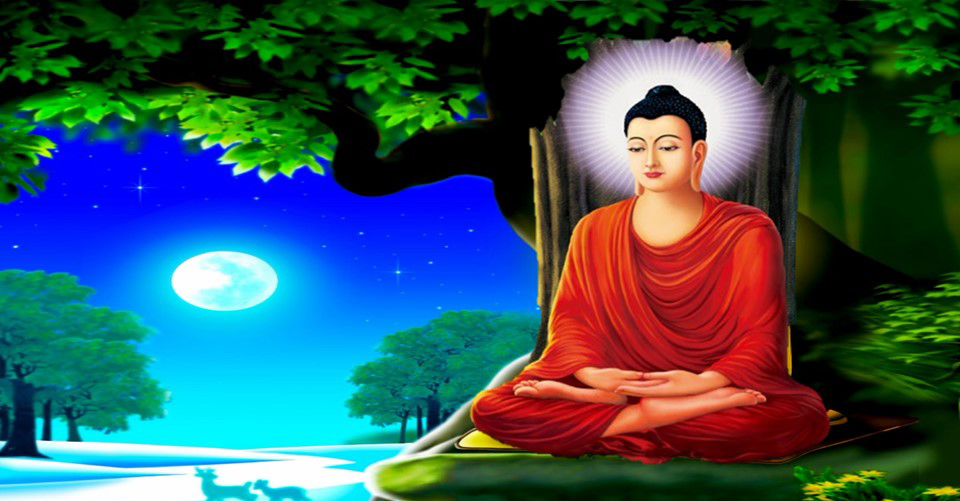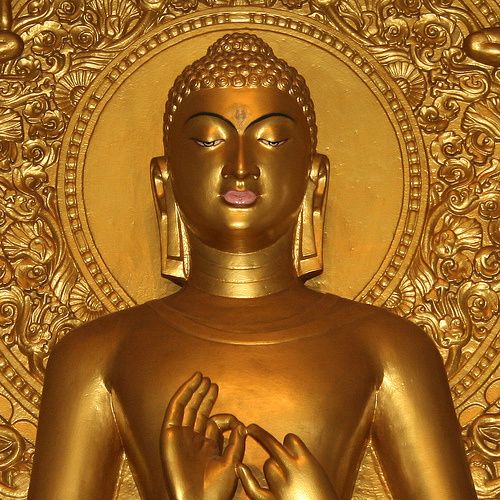
DHARMA SEAL OF NIRVANA
Written and translated by Nguyên Giác
While studying Buddhism, we often encounter the three Dharma seals: impermanence, suffering, and non-self. Occasionally, the sutras mention a fourth seal: Nirvana. Depending on the sect, each teacher may present these concepts in different ways. However, both interpretations are valid and align with the sutras. From the perspective of Vietnamese Zen, all dharmas are inherently extinguished; without afflictions, there can be no enlightenment, and without birth and death, there is no Nirvana. Just as waves do not separate from water, and images do not detach from mirrors, Zen Buddhism emphasizes the importance of perceiving in order to live in harmony with the Dharma nature and to realize Nirvana within one’s own mind.
The Dharma Seal, also known as the characteristic of the Dharma, is a fundamental concept in Buddhism. The Southern Buddhist tradition identifies three Dharma Seals, or the three characteristics of existence: suffering, impermanence, and non-self. Suffering is a pervasive aspect of our world that is readily observable. The Buddha taught that birth, aging, sickness, and death are forms of suffering that all humans experience. Moreover, many heavenly realms also experience suffering, not to mention the realms inhabited by animals, hungry ghosts, and beings in hell.
Meanwhile, the winds of impermanence flow swiftly, continuously, and without pause. In his teachings on the realization of impermanence, the Buddha frequently alludes to the eye’s perception, the ear’s perception, and so on. Given that all dharmas are impermanent in this way, it follows that the dharmas themselves must be in a state of constant change, lack a permanent self, and possess no fixed nature.
Meanwhile, Northern Buddhism frequently discusses the Four Seals of Dharma: impermanence, suffering, non-self, and nirvana. According to this tradition, a teaching that embodies these Four Seals can be regarded as the Buddha Dharma. Nirvana represents the state of individuals who have relinquished defilements, discarded the notion of self, and achieved liberation from the cycle of birth and death. In simpler terms, nirvana is a mental state characterized by calmness, peace, and freedom from suffering.
Many countries that follow Northern Buddhism are influenced by the Lotus Sutra, which contains a frequently cited phrase: Dharmas are inherently pure, tranquil, and unchanging (Chư pháp tòng bản lai, thường tự tịch diệt tướng). In fact, the teachings found in the Lotus Sutra are also part of the Buddha’s teachings from his initial period of disseminating the Dharma.
Specifically, you should carefully reread the Majjhima Nikaya MN 140, comparing the Vietnamese translation with various English translations. The Buddha referred to a practitioner free from delusions as a tranquil hermit. Despite engaging in ordinary activities such as walking, standing, lying down, and sitting, this tranquil hermit is fundamentally not born, not aging, not dying, and experiences no fluctuations.
How can we prevent the emergence of delusions? There are many ways to get rid of delusions. Simply see the true nature of impermanence in the swift flow. Seeing non-self like this, the practitioner will naturally cut off the view of self, never thinking of “I am” or “I am not” or “I will be” and so on. Naturally, the mind will be peaceful.
In the SN 22.95 Sutta, the Buddha illustrates a practice by pointing to a cluster of bubbles on the Ganges River. He instructs the monks to observe all dharmas—both the body and mind—as akin to that cluster of bubbles: empty and devoid of a solid core. The Buddha teaches how to recognize and embrace the emptiness of all dharmas, where, at the fundamental level, there is no greed, anger, or delusion. This state is known as Nirvana. Perceiving this emptiness is the essence of Zen. This basic mind has no delusion or attachments. The concepts of self and other dissolve within this emptiness, prompting the question: what can we identify as greed, anger, or delusion?
The traditional understanding of Zen suggests that amidst the countless thoughts that arise and fade, there exists an unmoving space within the mind. In the face of the myriad illusory impermanences that confront our senses, there remains a tranquil and undisturbed state akin to Nirvana. Just as water is not separate from the countless bubbles that form upon its surface, and as a mirror is not distinct from the myriad images it reflects, so too does the mind function. A mind that embodies the vastness of the ocean does not see one bubble as angry or indifferent. Bubbles are transient, constantly emerging and dissipating, yet the ocean itself remains unchanged. Similarly, when the mind reflects the nature of a mirror, images may appear and vanish, but the inherent clarity of the mirror remains motionless and still.
Trần Nhân Tông wrote in the poem “Living in the World and Enjoying the Way” (Cư Trần Lạc Đạo Phú) that when a practitioner has seen the bright nature of the mind, no other method is needed. He only needs to constantly maintain the bright nature of the mind, and then he will automatically “see that there is no self, no person; then you will see the true nature of diamond; stop all greed and anger, and the mind will attain the color of enlightenment.” The verse just quoted means that when one no longer sees the self, no longer sees the other, then the true nature of the mind is as solid as diamond. At that time, when the light of the mind shines, greed and anger will disappear, and the complete knowledge of the original mind will appear.
Zen practice involves entering the realm of Emptiness, Formlessness, and Actionlessness. Upon recognizing the swift flow of impermanence, one perceives the body and mind as empty foam, and recognizes all phenomena as non-self, devoid of any true form. In that moment, one embodies actionlessness, signifying that there is nothing left to do. Upon seeing and hearing, the mind instantly realizes Emptiness and Formlessness, leading to the experience of Nirvana of the mind.
Reference:
. Kinh MN 140: https://suttacentral.net/mn140/vi/minh_chau
. Kinh SN 22.95: https://suttacentral.net/sn22.95/vi/minh_chau


